Relais & Châteaux Spotlight - Hotels with History
Article Information & Social Sharing
Discover the tales behind a few of Relais & Châteaux's most historically significant properties. From rockstars to royals, these hotels are rich with stories of distinguished guests from days gone by.
Château Neercanne, Maastricht, Netherlands
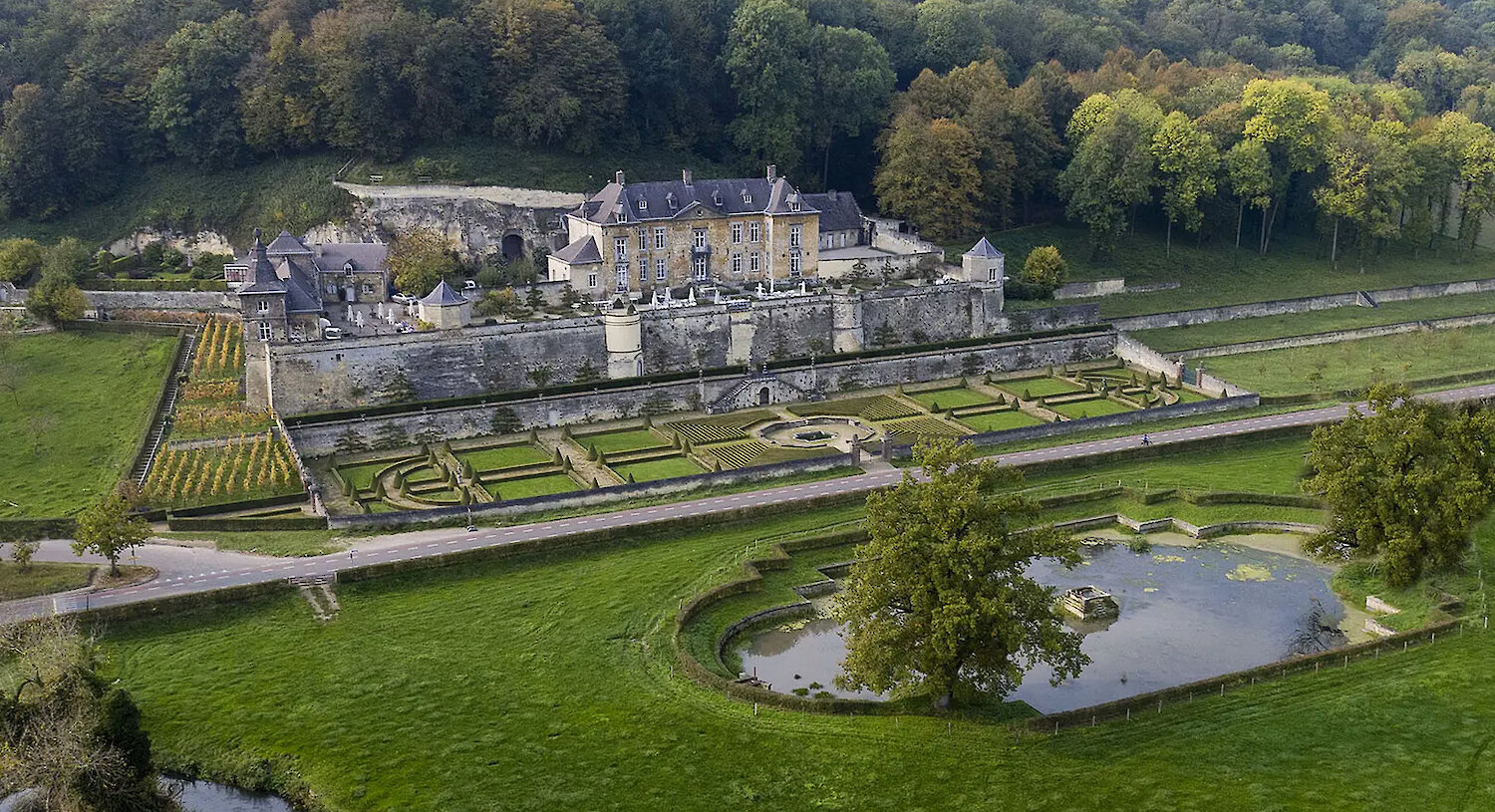
Built in 1698 by the Governor of Maastricht, this historically significant château was initially designed to host grand receptions. Today, it stands as a unique Michelin-starred restaurant that straddles the border between Belgium and the Netherlands, boasting a rich blend of cultural and culinary heritage. As the sole terraced castle in the Netherlands, Château Neercanne offers unparalleled panoramic views across the picturesque Jeker Valley. On December 9th, 1991, presidents and prime ministers from across the continent came together under Château Neercanne’s roof for a momentous event: the signing of the Maastricht Treaty, setting in motion the creation of the Euro as a single European currency. Today, guests can relish in Head Chef Robert Level’s French-inspired seasonal fare at this majestic establishment.
Londra Palace Venezia, Venezia, Italy
.
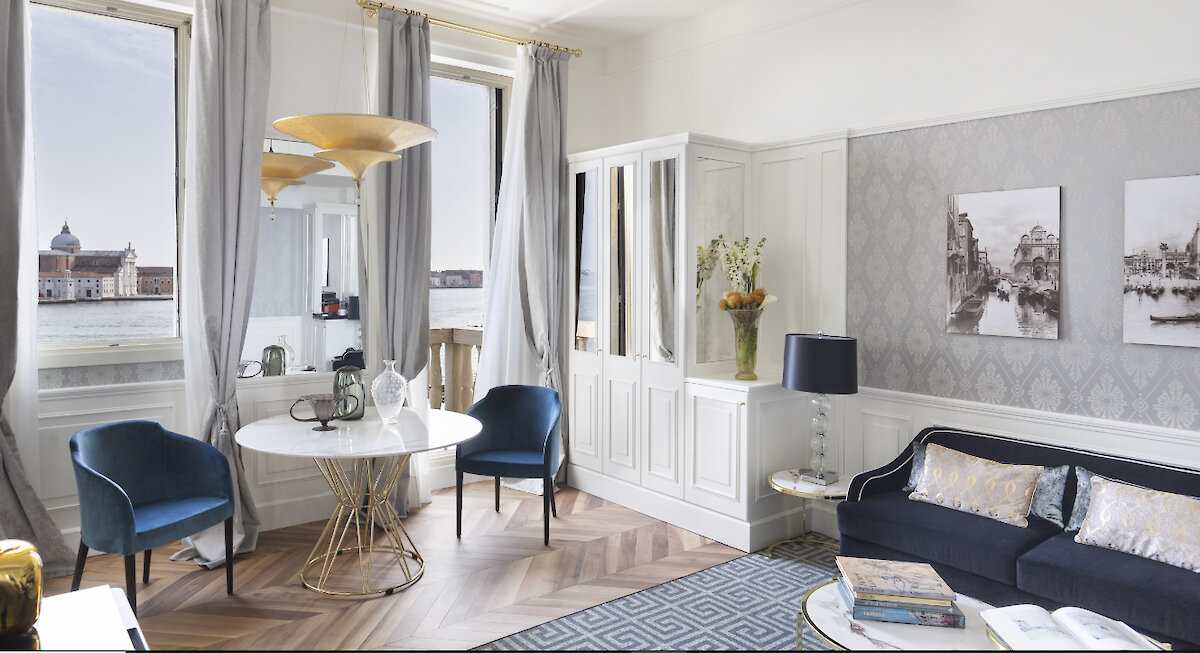
Venice has long been regarded as a source of inspiration for those enamoured with beauty and the arts. After staying at Londra Palace in 1877, Pyotr Ilyich Tchaikovsky penned a letter to the German patron Von Meck, praising her exceptional hospitality. His experience left such an indelible impression that, after hearing a child humming by the Riva degli Schiavoni waterfront, the first movements of his Fourth Symphony were composed – right in room 106. For artists seeking a stroke of inspiration of their own, this very well might be the room for you. Nestled in a dream location with one hundred windows looking out over the San Marco basin and the lagoon, the Londra Palace continues to captivate its visitors with its Venetian charm.
Asaba Ryokan, Shizuoka, Izu, Japan
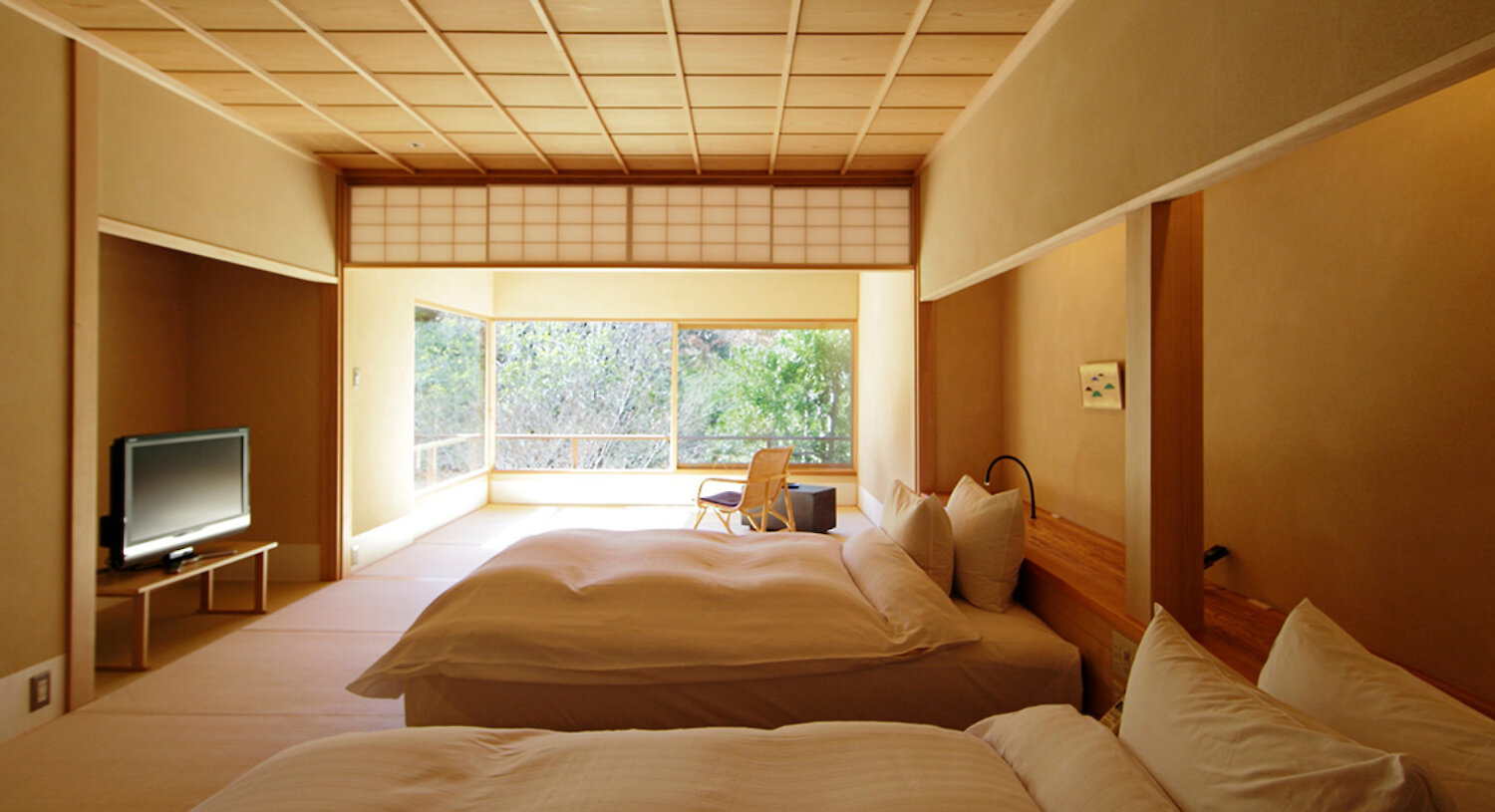
The minimalist, natural palettes of Asaba might seem like an unlikely pairing with the kaleidoscopic works of French conceptual artist Daniel Buren. However, the energy of Asaba draws Buren back time and time again, and he credits this place as inspiring a number of his most sought-after works of art, some of which guests will find on display at the hotel. Echoing the aesthetics of Buren's art, the design of this traditional 15th-century family-run hotel is characterized by clean and fluid lines. This tranquil riverside ryokan sets the perfect scene for creativity to flow like water.
Cliveden House, Berkshire, United Kingdom
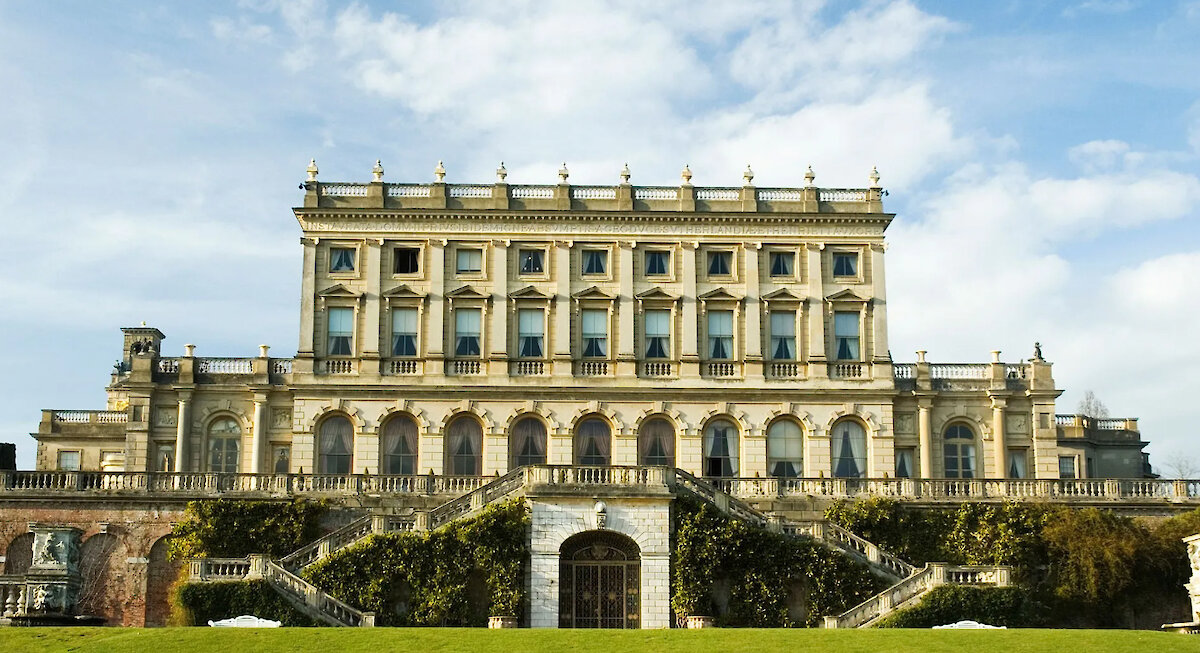
The 17th-century Cliveden House is renowned for its stunning 152-hectare estate overlooking the River Thames. Throughout the years, these walls have housed many stories of political scandals, Hollywood secrets, and everything in between. You may recognize Cliveden House masquerading as Buckingham Palace in the Beatles’ 1965 film Help!, and as a picture-perfect Disney castle in the remake of Cinderella. The house is most famous, however, for being the unfolding grounds for one of British politics’ greatest scandals. Set against the backdrop of the Cold War in 1961, the Secretary of State for War at the time, John Profumo, spotted Christine Keeler skinny dipping in Cliveden’s pool. With Keeler being the mistress of an alleged Russian spy, her romantic affair with Profumo over the span of five months posed a threat to national security. The names of the individual rooms within this hotel were taken from historical guests, including Winston Churchill, Charlie Chaplin, and Rudyard Kipling.
Cashel Palace, Cashel, Ireland
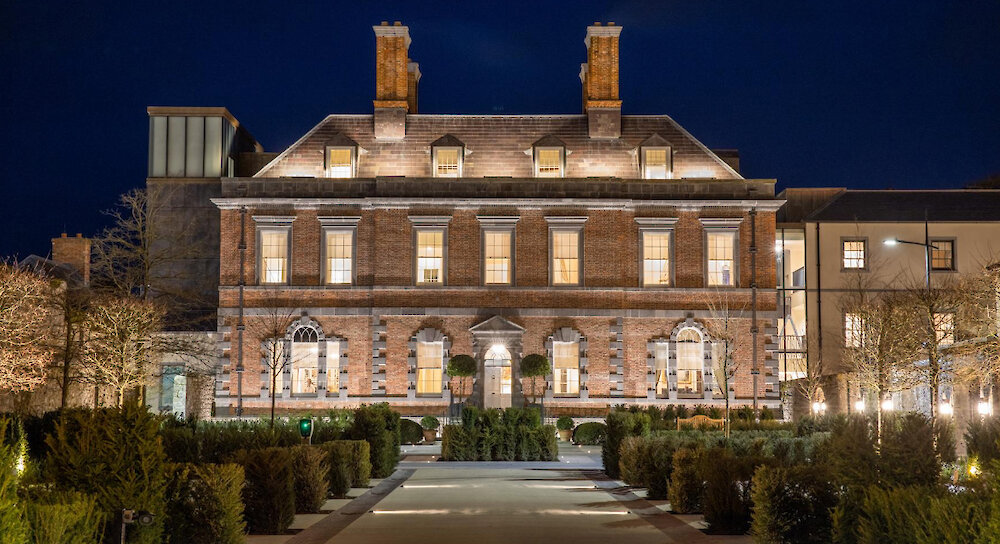
The tale of Ireland's most iconic pint began when Richard Guinness, the estate manager of Cashel Palace (home to Archbishop Arthur Price, fondly known as 'the Godfather of Guinness'), used hops from Cashel's garden and water from its well to brew the initial batches of the beer. In 1857, his son Arthur Guinness used the £100 left to him upon the death of his godfather, the Archbishop, to secure the lease at St. James' Gate Brewery in Dublin. Guinness is still brewed here to this day. This 18th-century red brick manor underwent extensive renovations last year and has now been restored to its former glory, welcoming guests from around the world to enjoy this fairytale-like establishment.
Subscribe to the Inn's monthly newsletter here and be the first to know about our latest news and exclusive offers.


